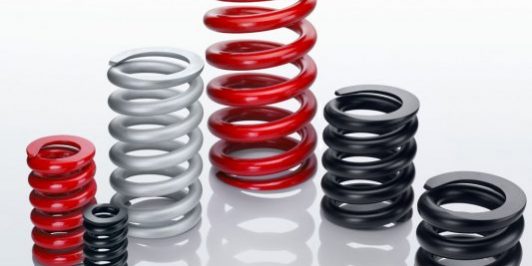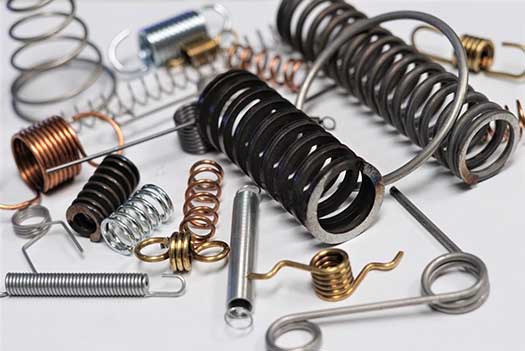
custom springs in custom compression spring, torsion spring, extension spring
Overview
ZenaTech have full proeuce ability to make custom springs for more then 30 years. We are specializes in rapid prototyping, short-run and custom springs, including compression springs, extension springs, torsion springs, and die springs. 30 years of experience in the development of a expansive selection of springs, including custom springs fabricated to your precise specification.
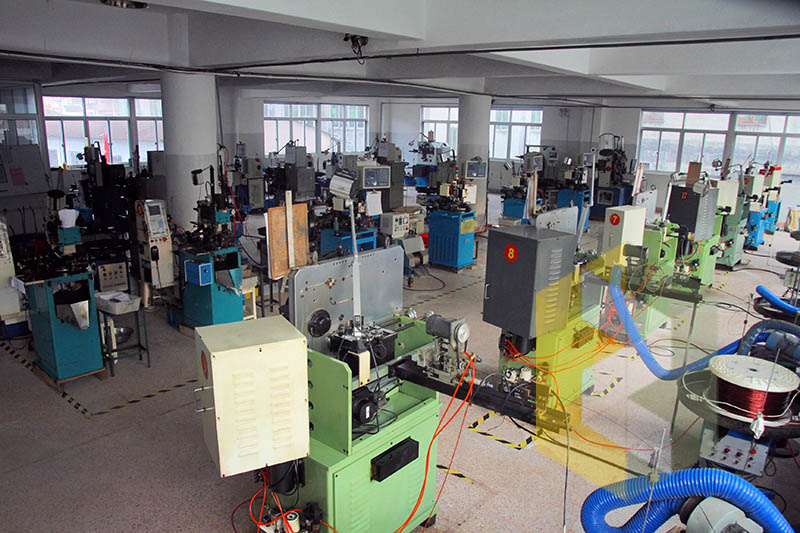
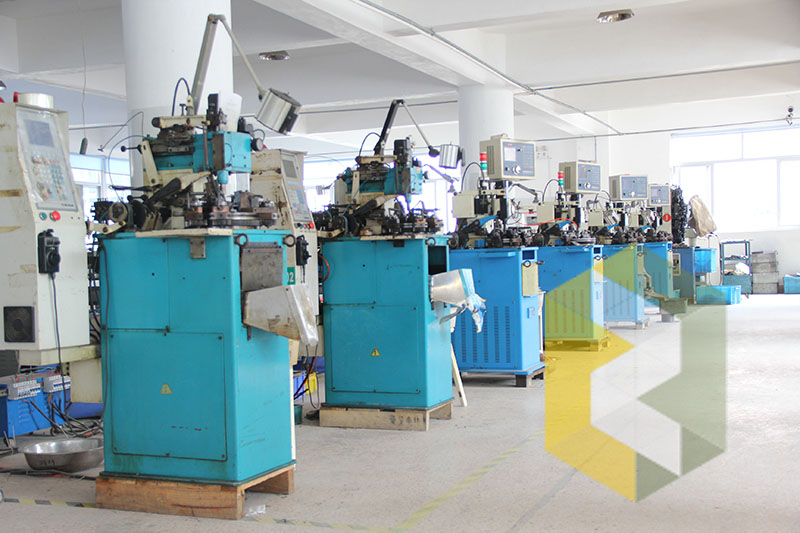
Custom Springs Configurations
The most common spring, the straight metal coil spring, has the same diameter for the entire length. Other configuration options for compression coil springs include hourglass (concave), conical and barrel (convex) types. The straight Custom springs configuration is the standard coil type for Stock Compression Springs.
Ends: Ground ends provide flat planes and stability. Squareness influences how the axis force produced by the spring can be transferred to adjacent parts. Although open ends may be suitable in some applications, closed ends afford a greater degree of squareness. Squared and ground end compression stock springs are particularly useful in applications in which 1) high-duty springs are specified, 2) unusually close tolerances on load or rate are needed, 3) solid height must be minimized, 4) accurate seating and uniform bearing pressures are required and 5) a tendency towards buckling must be reduced.
Applications: Custom Springs are found in a wide variety of applications ranging from automotive engines and large stamping presses to major appliances and lawn mowers to medical devices, cell phones, electronics and sensitive instrumentation devices. Cone shape metal springs are generally used in applications requiring low solid height and increased resistance to surging.

Custom Springs Parameters
Dimensions:
Outer Diameter, Inner Diameter, Wire Diameter, Free Length, and Solid Height.
Free Length is the overall length of a spring in the unloaded position.
Solid Height is the length of a Custom spring under sufficient load to bring all coils into contact with adjacent coils.
Material:
Music Wire – a high carbon steel for high stress applications
Hard Drawn MB – a carbon steel for low stresses and low costs
Oil Tempered – a carbon steel for wire forms, torsion springs, and larger wires
Stainless Steel – types 201, 304, 302 and 316 for high temperatures and corrosion resistance
Chrome Vanadium – an alloy wire for larger wire sizes in high stresses
Phosphor Bronze – for electrical applications
Brass – for applications requiring water resistance
Others- available on an as needed basis
Spring Rate (stiffness): Spring Rate is the change in load per unit deflection in pounds per inch (lb. /in.) or Newtons per millimeter (N/mm).
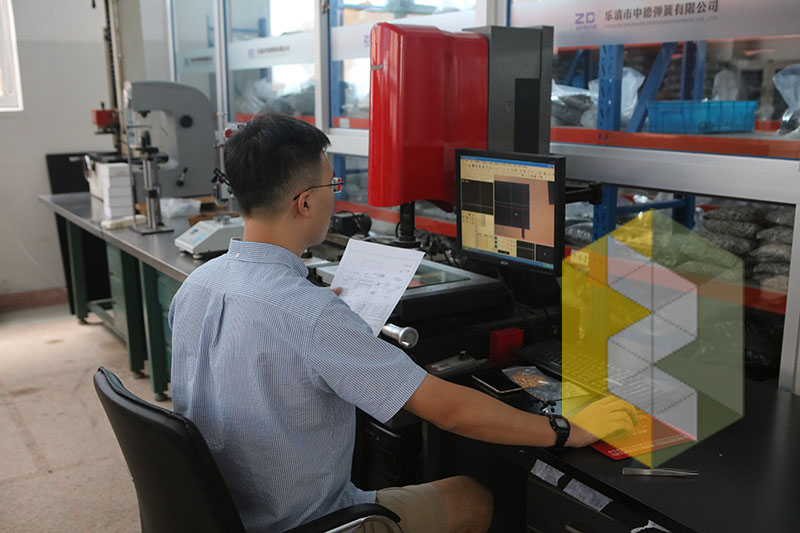
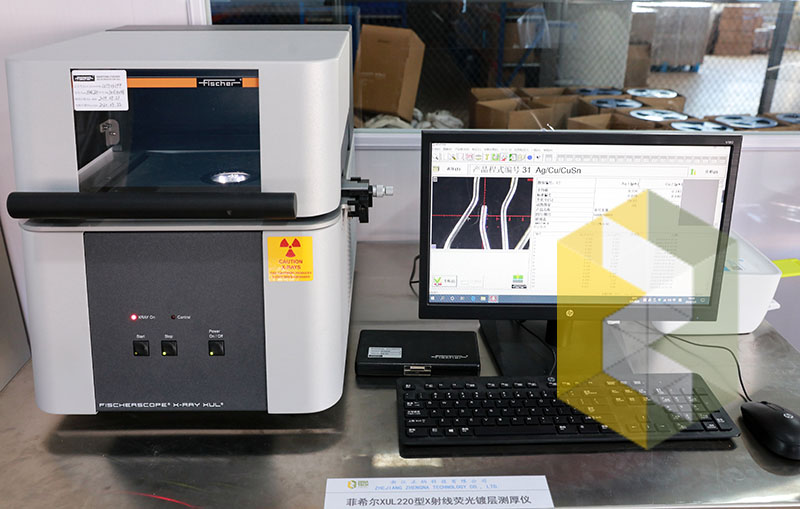
Unit of Measures Stress: The dimensions, along with the load and deflection requirements, determine the stresses in the spring. When a custom springs is loaded, the coiled wire is stressed in torsion. The stress is greatest at the surface of the wire; as the Custom spring is deflected, the load varies, causing a range of operating stress. Stress and stress range govern the life of the spring. The higher the stress range, the lower the maximum stress must be to obtain comparable life. Relatively high stresses may be used when the stress range is low or if the Custom spring is subjected to static loads only. The stress at solid height must be high enough to permit presetting, yet low enough to avoid permanent damage since Custom springs are often compressed solid during installation.

